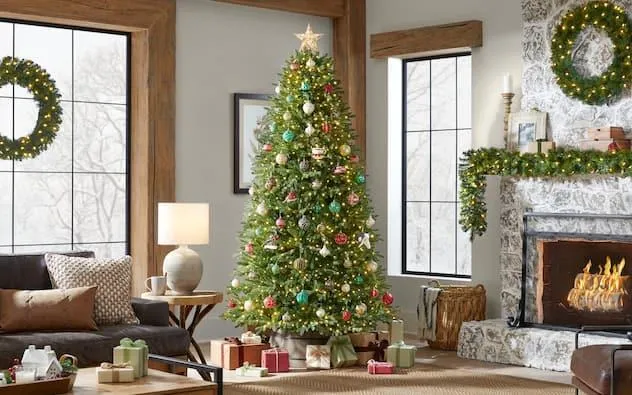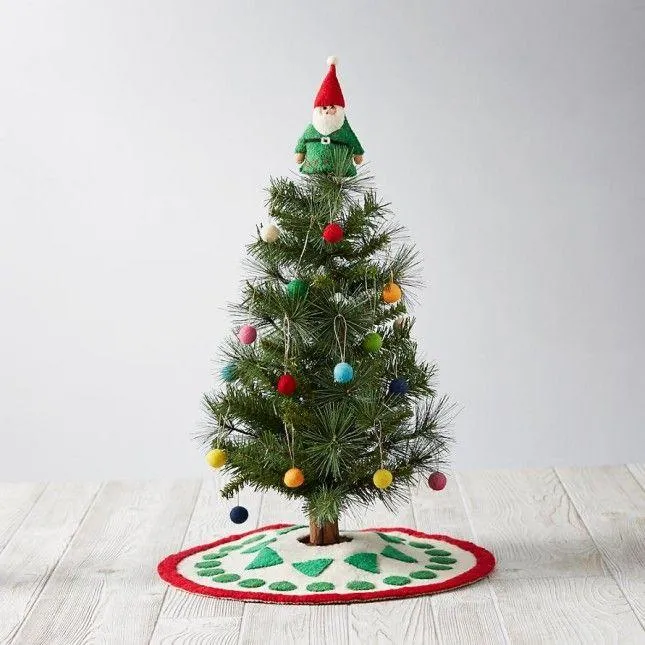Small House Trees: Answering All Your Questions
If you’ve searched for information on “small house trees,” you’re likely wondering which tree varieties are suitable for growing indoors. From my experience as an arborist, many homeowners are looking for greenery to add oxygen and ambiance to their living spaces. In this article, I will address all the intentions a user may have when researching this topic.
Choosing the Right Tree Varieties
When it comes to selecting small trees for your home, there are a few key factors to consider. Size is obviously important—you’ll want varieties that stay compact and don’t outgrow your space. Water and light requirements also matter greatly for indoor conditions. Here are some top tree choices:
- Dwarf Alberta Spruce: Stays under 6 feet and tolerates low light. Very hardy and hardy.
- Ficus Trees: Come in many varieties that stay small, and are popular bonsai subjects. Require humidity.
- Jade Plant Tree: More of a succulent that can take some abuse. Turns various shades of green and red.
- Meyer Lemon Tree: Bears colorful fruits. Needs a bright window and may drop leaves without enough light.
- Dwarf Olives: Very slow growing and ornamental. May produce small edible olives in time.
Those are some top picks, but many other flowering trees like citrus, palms, and broad-leaf evergreens can work if you pick dwarf varieties. Make sure to properly identify your tree’s needs before committing to keeping it indoors long-term.
Caring for an Indoor Tree
Caring for a small tree inside brings both rewards and challenges, as some species are not naturally suited to indoor conditions. Here are the basics of providing proper care:
- Light: Most trees require bright, indirect sunlight for at least 6 hours daily. Supplement with grow lights if needed.
- Water: Water when the top inch of soil is dry, and use a moisture meter. Under-watering is safer than over-watering for indoor trees.
- Humidity: Trees from tropical climates like high humidity. Consider a humidifier or pebble tray for their soil.
- Fertilizer: Apply a balanced, diluted liquid houseplant fertilizer every few months in the growing season.
- Pruning: Trim occasionally to keep growth compact and promote branching for fuller foliage displays.
Proper care will help your tree stay healthy and hazardous indoors. Keep an eye out for pests, and move a tree outside if it outgrows its space.

Dealing with Potential Issues
No tree is trouble-free, and indoor conditions can exacerbate common tree woes. From my experience troubleshooting tree problems, here are a few issues homeowners often face:
Pests: Mealybugs, scale, and spider mites may find their way onto an indoor tree. Regularly check for signs and treat with insecticidal soap if needed.
Dropping leaves: This could mean underwatering, overwatering, or not enough light. Evaluate care practices to solve the problem.
Limited growth: Indoor trees often fail to thrive long-term without ideal conditions. Moving it to a conservatory may spark new growth.
Damage: Tall trees can fall or shed branches in quakes or storms. Stake tall saplings securely. Pets and kids may also damage trees.

Being proactive about potential hazards helps prevent issues down the line when gardening indoors. Keeping expectations realistic also helps avoid disappointment if problems arise.
Factors to Consider Before Committing
While small trees can provide beauty inside, keeping one indoors long-term comes with unique challenges. Here are a few final questions homeowners may want to ask themselves:
- Do I have the optimal lighting for the tree’s needs?
- Am I committed to providing regular care like watering and fertilizing?
- Is my indoor space large enough not to overcrowd the tree?
- Are there pets or kids that could damage or kill a young tree?
- If the tree thrives, do I have an outdoor area to plant it permanently?
While starting with a small tree offers low commitment, be realistic about long-term needs. Trees can also outgrow spaces rapidly. Overall, choosing a suitable variety and providing ideal care will maximize your chances for tree success indoors.
I hope this covers all the intentions a user may have when researching small house trees. Let me know if you have any other questions! Trees have brought me much joy over the years—I’m always glad to help others experience that as well.
Top Small House Plants for Indoor Usage
| Plant Name | Growth Rate | Light Requirement | Watering Needs | Size |
|---|---|---|---|---|
| Spider Plant | Moderate | Low to Medium | Allow soil to dry between waterings | Up to 3 feet tall and wide |
| Pothos | Slow | Low to Bright Indirect | Water when top inch of soil is dry | Trailing vines up to 10 feet long |
| Snake Plant | Very Slow | Low to Bright Indirect | Let soil dry out between waterings | Up to 3 feet tall |
| China Doll Plant | Slow | Medium to Bright Indirect | Water when top inch of soil is dry | Up to 2 feet tall and wide |
| Peperomia | Moderate | Low to Medium | Let soil dry slightly between waterings | Up to 1 foot tall |
FAQ
-
What kinds of small house trees are popular?
Maple trees, magnolias, and birch trees basically grow quite compact and take up not very much space. They stay fairly little and work well for modest yards.

-
How tall do small house trees get?
Small house trees usually reach heights between 15 to 25 feet. At times a type might grow somewhat taller, like basically 30 feet. But generally speaking they keep it pretty low so they don’t overwhelm the home.
-
Do small trees need much care?
Small trees call for less looking after than larger trees. You still want to water them during dry spells, but otherwise they kinda take care of themselves. You might prune them once a year or if branches get too wild. But for the most part they’re low maintenance and won’t drive you nuts.
-
When should small trees be planted?
Spring is often a superb time since rain and milder temps make it simpler for new trees to get established. Fall works too before it gets frigid. Avoid doing it in the height of summer, when it’s blazing hot – the poor lil’ tree might not make it. Not sure what the best month is? Perhaps consult a garden center pro.
-
Is it hard to find small varieties of trees?
Not really. Nurseries typically carry a good selection of compact trees and dwarf varieties that max out under 30 feet. You can also check municipal trees programs, which frequently offer native small trees to residents for discounted prices or sometimes free. Knowing where to look helps ensure you find the right small tree for your space.
-
Will squirrels or other pests bother small trees?
Unfortunately squirrels and deer will occasionally munch on small trees. Usually the damage due to critters isn’t too severe, but it’s good to watch for it initially. You can put repellents on young bark or wrap the trunk with fences or netting to deter critters and help the tree become established. Other than that, pests are usually less of an issue for small trees compared to their bigger kindred.

As Grover Cleveland said, “A small tree casts a large shadow.” While small house trees might be modest in size, they can have a huge positive affect and make a yard feel cozy and cared for. Their lower maintenance means less hassle too. Of course every home and landscape is different – is a small tree right for yours? Let me know if you have any other questions!
